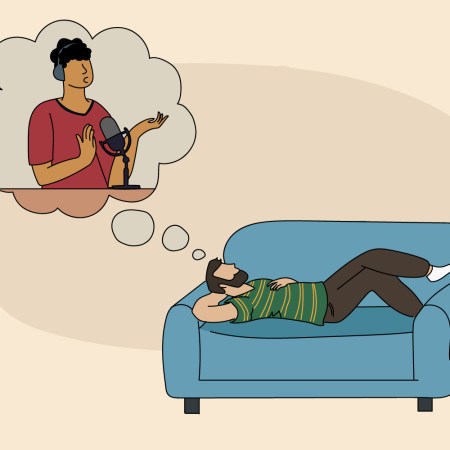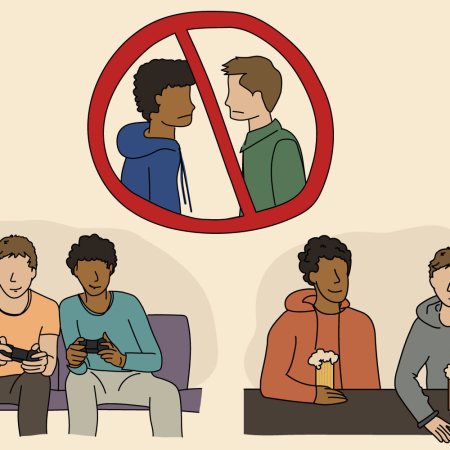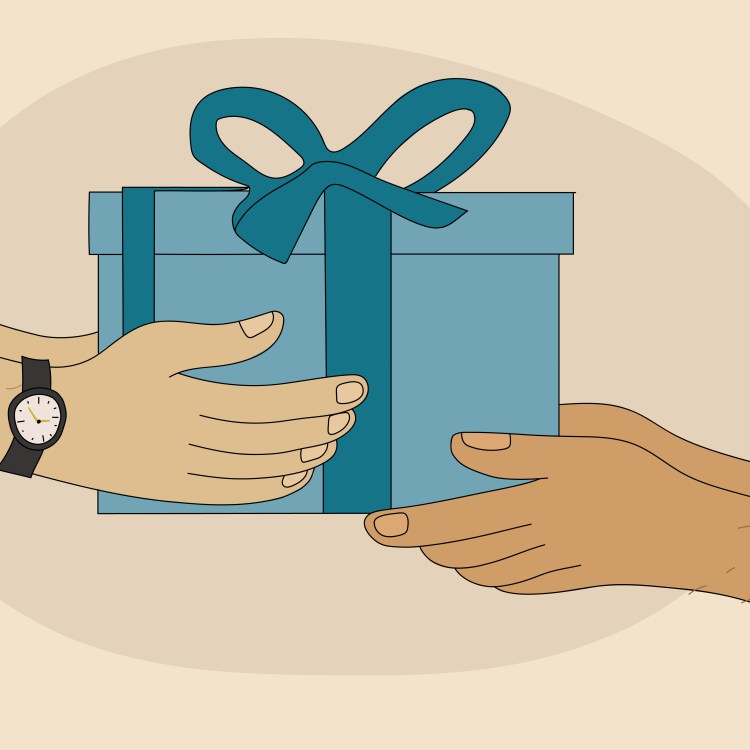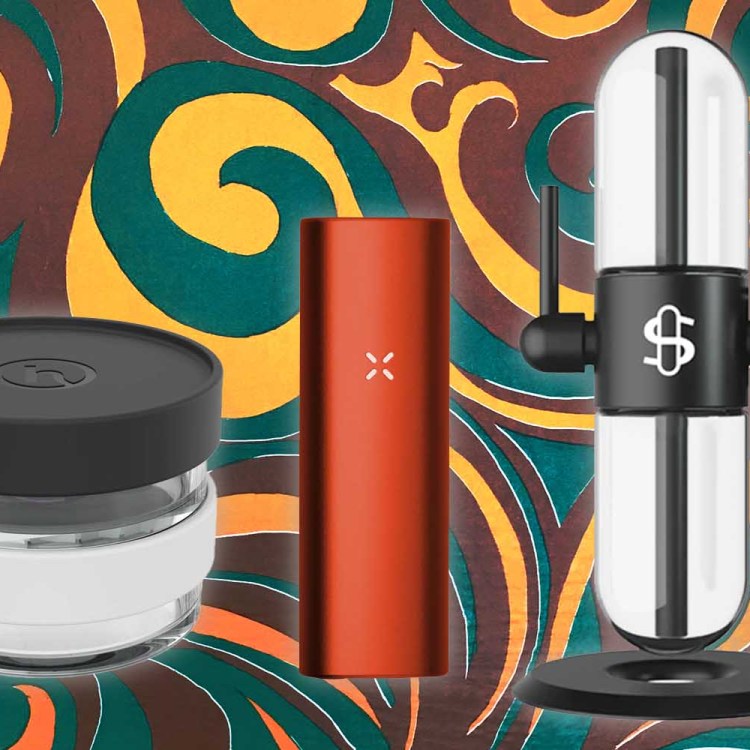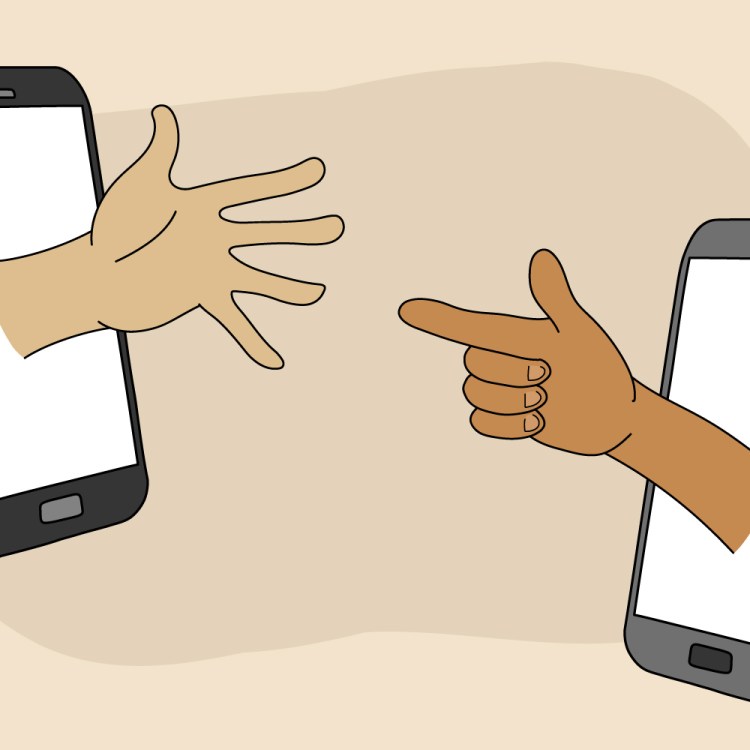Back in 2013, a Japanese man named Hiroki Terai put a bunch of people in a room and made them cry.
Terai was the successful founder of a strange business: his company organized “divorce ceremonies” for couples in need of closure before they parted ways. He noticed, time and time again, that clients would cry during these sessions, then leave feeling refreshed and at peace. Terai realized he was onto something. So he scaled the concept and gave it a name: rui-katsu, which translates to “tear-seeking.”
For nearly a decade now, Japanese adults have been attending rui-katsu “sessions” throughout Tokyo to cry together. They watch sad movies, heartwarming ads, people losing their pets. And they do so in a group big enough to fill a classroom. The practice flies in the face of one of the few rules that most human beings seem to agree on: no crying in public.
But here, communal crying is the explicit endgame. Japan is one of the most stoic nations on the planet; according to cross-cultural analyses of “crying prevalence,” Japan ranks rock bottom in tears shed. You might wonder why that’s a bad thing: Doesn’t a cry-free life convey strength and stability?
In reality, though, it makes complete sense that some Japanese are now carving out a couple hours a month to weep in front of strangers. For such a natural and restorative bodily reaction, crying gets a completely unfair rap. It offers near-magical benefits for both mental and physical health, and all of us — particularly men — need to learn to embrace tears as they arrive.
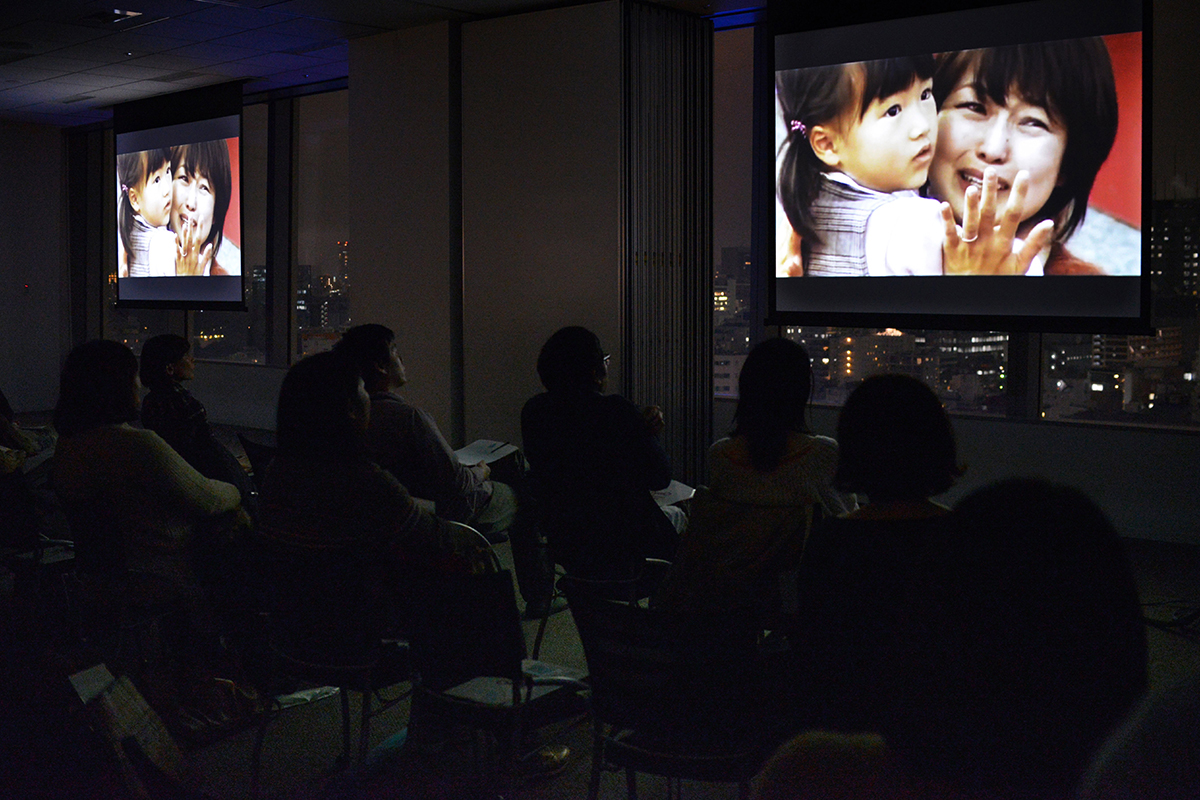
Here’s something positive. The same studies that found Japan at the bottom of the crying power ranking found America at the top. We’re pretty good at letting it all out, it would appear. Only, there’s a pretty clear gender divide within that status quo.
On average women cry five times more often in a given month than men. One clinical psychologist, Ad Vingerhoets, even took a stab at figuring out the gender range for how many times men and women each cry in a year. His report: men cry six to 17 times per year. Women cry 30 to 64 times. And the length of each cry session is more pronounced for women, too, with an average of six minutes. Men cry for three minutes at most.
Vingerhoets has offered some hypotheses for why this is the case, from hormonal differences (men have more testosterone, women have more prolactin) to size differences in tear ducts (women actually have “shallower” ducts than men, which may make it easier for tears to well over the eyelid and down the cheeks). But we’re also self-aware enough as a society to recognize that this discrepancy can’t possibly just be physiological. It’s psychological, and beyond that — as evidenced by the difference from country to country — even sociological.
How many times have you heard a man say “I can’t remember the last time I cried” and wear the statement (whether it’s true or not) like a bizarre badge of honor? Most sons can count on their fingers the number of times they’ve ever seen their fathers cry. Many were ridiculed at a young age by friends, bullies, coaches, uncles, you name it, for crying after falling off the jungle gym, or taking a stinger to the forearm in little league. The messaging is resoundingly clear: boys don’t cry.
But a lifetime spent pretending you aren’t hurt (in brain or body) will ironically only cause more harm. Letting tears flow is actually one of the healthiest things you can do for yourself in a time of need. According to Dr. Elesa Zehndorfer, a licensed physiologist, author and Research Officer for British Mensa, “Crying releases oxytocin, a natural pain reliever, which immediately makes us feel calmer and more content. At the same time, it down-regulates cortisol (a stress hormone) and increases bonding hormones.”
Dr. Zehndorfer calls crying a “vital biological response.” She’s also supportive of communal crying, if the situation calls for it: “The emotions of others are actually biologically contagious. This can amplify everyone’s existing emotions and make the effects of the crying even more biologically powerful.”
It’s also important to remember that there are actually three kinds of tears: reflex tears (which are triggered when dust gets in our eyes), basal tears (the eye’s natural lubrication system) and emotional tears (brought on by sadness, joy, stress, grief, laughter, frustration). When we talk about crying, we’re talking about emotional tears. While the first two forms of tears are almost entirely comprised of water, emotional tears are swimming with stress hormones. The science suggests that emotional tears are a pretty effective response to stressful triggers — they flush out the chemicals that only serve to compound stress.
The expression “I had a good cry” didn’t come from nowhere. There’s a certain levelheadedness that we feel after expelling literal tears and figurative emotions from our eyeballs. We feel more alert, more focused. We’re even buzzing a little bit. Those are the happy endorphins at work. Whatever sent you into overdrive hasn’t been solved, but all of a sudden, you just might feel a little more equipped to address it.

Letting yourself cry has both short-term benefits (like stopping a stomachache in its tracks) and long-term benefits (like helping you dodge years of anxiety or depression). It’ll help you sleep better, it’ll boost your immune system, it’ll stave off weight gain and it’ll likely help you live longer. We already know that people who tell the truth have higher life expectancies; what kind of honesty is there in spending an entire lifetime pretending you’re okay?
It’s understandable that some men may not feel comfortable crying in front of friends or fathers, let alone male strangers. On one online forum, a man recalls habitually needing to run to the garage as a child to let out his tears. That obviously isn’t the healthiest tradition, but if crying alone is the easiest way forward for you, then that should be your priority. In a perfect world, where toxic masculinity doesn’t exist, crying wouldn’t need to be a covert operation. But the important thing is just that you’re open to the response. Express, don’t repress.
There are methods for “courting” a good cry, too. Nadia Charif, a health and wellness advisor, recommends screaming into a pillow. “It’s a a real precursor to allowing your tears to come,” she says. “You take that initial step to letting your emotions out, then let the rest follow.”
Others use visual media (similar to the rui-katsu sessions) that they know will put them over the top, like passages from a specific book or YouTube videos. Point being: it’s possible to put yourself in an optimal situation to cry. And if the tears don’t come, they don’t come. The main thing is to explore the thoughts and vulnerabilities (they can be happy or sad) that brought on the attempt in the first place.
Of course, even shoving gender aside, everyone is different. Based on your biochemical makeup, your station in life and your propensity for trauma, you may or may not consider yourself a “crier.” Dr. Theresa Melito-Conners, a Boston-based expert in trauma and self-care, once refused to cry. “I grew up with an abusive father and I would see my mom become emotional. Somewhere along the way, I decided that I could never cry, that I needed to stay strong. I am not sure if that was for my mom or for me, but it was not healthy. As I’ve learned to heal, I know that it is okay to cry. It is just an emotion. It does not mean I am weak or a ‘baby,’ it means that I am human.”
If you truly can’t remember the last time you cried, or once made some sort of personal pact that you would never cry again (likely as a result of childhood trauma), it might be a good idea to see a mental health professional. Waterworks isn’t the goal in therapy, but it’s a common, positive byproduct. Talking to someone could help you get to a place where you’re allowing yourself to fully feel again.
It also helps to recognize and appreciate times where the “men shouldn’t cry” narrative is challenged. Internalize it, and let it rewire whatever you were taught all those years ago. Dr. Juli Kramer, a Chinese medicine nutrition therapist, recalls the prevalence of male tears throughout China: “When I lived in Shanghai for two years, I was amazed by how normal and even expected it was for men to cry. You saw it on television, at the movies, on the streets, and even among the teenagers at the school where I was an administrator.” She says: “They understand the vital connection between crying, longevity and reproductive health.”
According to Dr. Kramer, the Chinese even have a phrase for the hollow, papery depression under the eyes. “Those dark circles represent old emotional pain that has not been resolved. The Chinese term for this area is ‘unshed tears.’”
It’s important to note that exhortations for mental toughness aren’t always useless or sinister. The “stiff upper lip” ethos, while flawed, has guided many men through times of crisis. But powering through life events shouldn’t come at the expense of one’s wellbeing. We live in tough times, both publicly and personally. It’s not just okay to cry — it’s quite good for you. As the late, great Jimmy Valvano famously said: ‘If you laugh, you think, and you cry, that’s a full day. That’s a heck of a day. You do that seven days a week, you’re going to have something special.”
Whether you’re looking to get into shape, or just get out of a funk, The Charge has got you covered. Sign up for our new wellness newsletter today.


